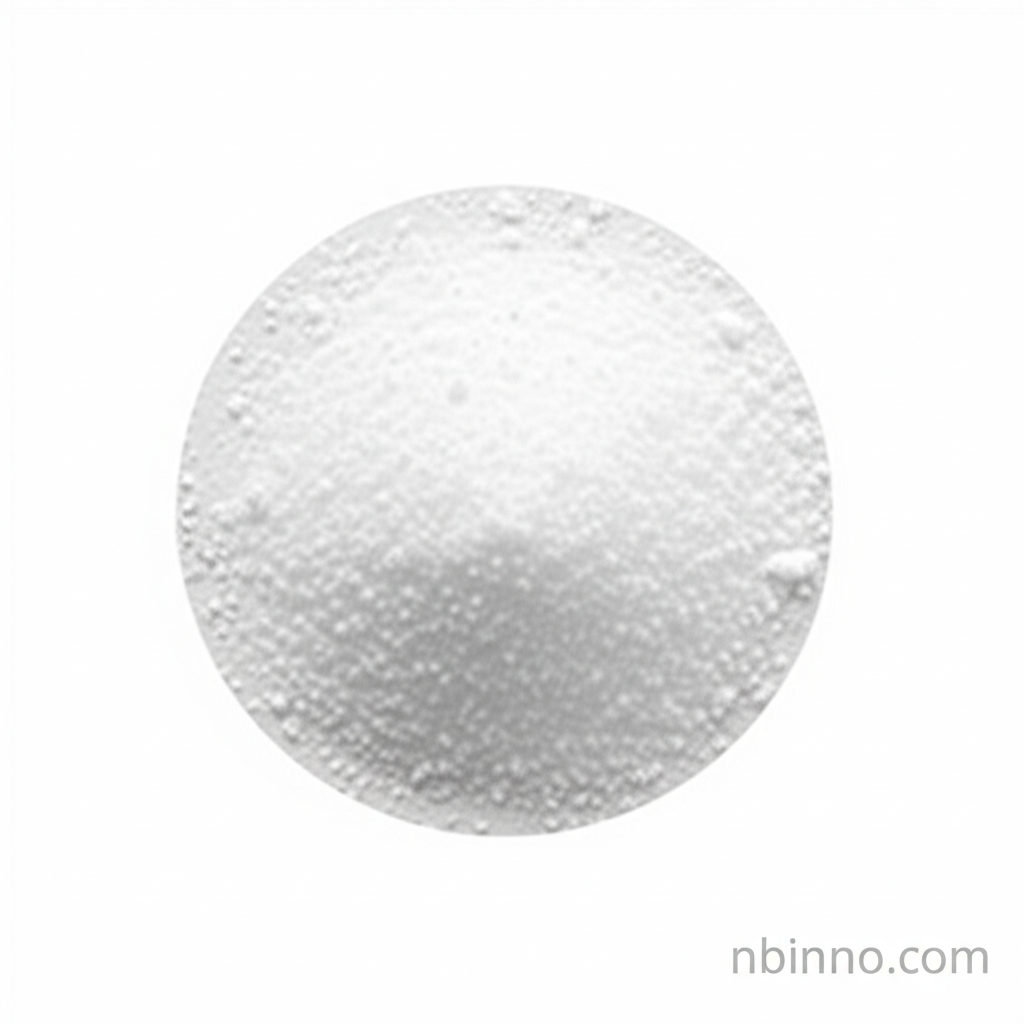Theophylline: Understanding Its Properties, Applications, and Benefits
Explore the multifaceted nature of Theophylline (CAS 58-55-9), a crucial compound in respiratory medicine and pharmaceutical research. Discover its chemical characteristics, therapeutic uses, and role as a key intermediate.
Get a Quote & SampleProduct Core Value

Theophylline
As a leading supplier in China, we offer Theophylline (CAS 58-55-9), a compound of significant importance in both pharmaceutical applications and scientific research. Its primary use as a bronchodilator to treat respiratory conditions like asthma and bronchitis makes it a vital API. We pride ourselves on providing high-quality Theophylline, ensuring reliability for manufacturers and researchers globally.
- Theophylline pharmaceutical applications: Utilized as a bronchodilator, it effectively alleviates symptoms of asthma, bronchitis, and emphysema by relaxing the muscles of the airways.
- Theophylline mechanism of action: It functions as a phosphodiesterase inhibitor, increasing intracellular cyclic AMP levels, which contributes to its therapeutic effects.
- Theophylline in research: This compound is essential for studying respiratory drive and anti-inflammatory pathways, offering valuable insights for drug discovery.
- Theophylline chemical properties: With a high melting point and good solubility in various solvents, it is a stable and manageable solid for synthesis and formulation.
Advantages of Theophylline
Respiratory Relief
Theophylline provides effective relief from respiratory distress, making it a key component in treating chronic lung diseases and managing breathing difficulties.
Research Versatility
Its diverse pharmacological actions make Theophylline a valuable tool for exploring mechanisms related to inflammation and respiratory control, supporting cutting-edge scientific research.
Chemical Stability
The stable nature of Theophylline as a solid ensures its integrity during storage and processing, crucial for maintaining product quality as a pharmaceutical intermediate.
Key Applications
Respiratory Disease Treatment
Theophylline is instrumental in managing conditions like asthma and COPD, offering relief from wheezing and shortness of breath.
Preterm Infant Apnea Management
Studies show its efficacy in treating apnea in preterm infants, although caffeine is often preferred due to better tolerance.
Pharmaceutical Research
As a phosphodiesterase inhibitor, it is used to investigate cellular signaling pathways and potential new therapeutic targets.
Chemical Synthesis
It serves as a critical building block or intermediate in the synthesis of various complex organic molecules and other pharmaceuticals.
